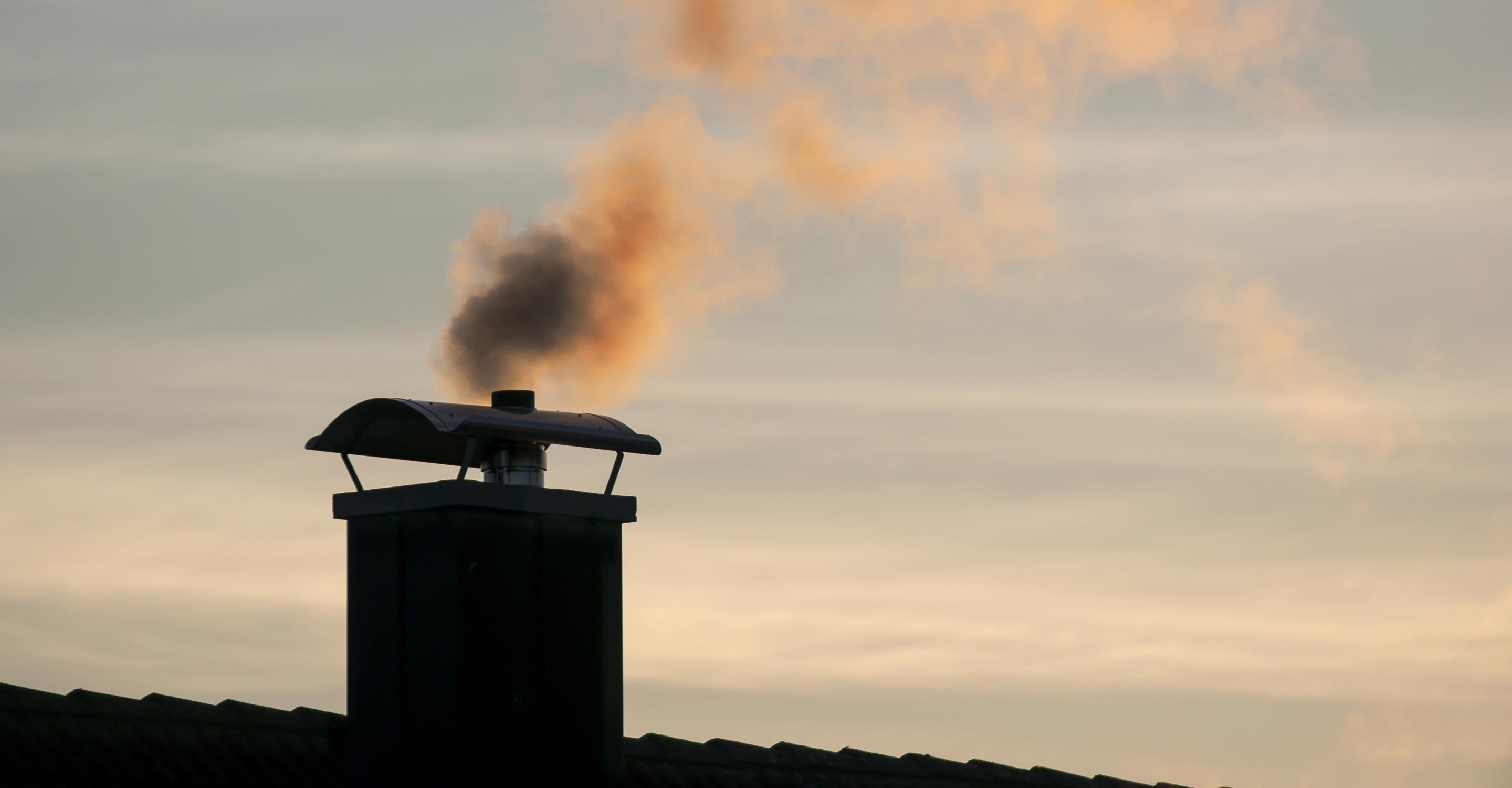

Articles
Why Is My Smoke Not Going Up Chimney
Modified: August 22, 2024
Discover why your smoke is not going up the chimney with our informative articles. Get expert tips and advice for solving this common issue.
(Many of the links in this article redirect to a specific reviewed product. Your purchase of these products through affiliate links helps to generate commission for Storables.com, at no extra cost. Learn more)
Introduction
Welcome to our article on the common problem of smoke not going up the chimney. If you’re a homeowner with a fireplace or woodstove, you may have experienced this frustrating issue. Instead of billowing upwards, the smoke lingers in the room, causing discomfort and potential health hazards. But fear not, as we’re here to help you understand why this happens and what you can do to fix it.
Chimneys play a crucial role in venting smoke and harmful gases out of your home. They create a draft, which is the upward movement of air, allowing the smoke to escape through the chimney and prevent it from entering your living space. However, when the smoke doesn’t rise as it should, it indicates that there is an underlying problem. In this article, we will explore the possible reasons for smoke not going up the chimney and provide you with practical solutions to resolve the issue.
Understanding the function of a chimney is essential to identify the root cause of the problem. When a fire is lit in the fireplace or woodstove, it releases smoke, gases, and hot air. These byproducts need a clear passage to exit the house safely. The chimney, with its vertical structure and open top, provides the escape route. It creates a pressure difference known as draft, which draws the smoke up and out of the house.
There are several factors that can hinder the proper functioning of a chimney, causing the smoke to stagnate inside the room. Some common issues include blockages or obstructions, insufficient draft, incorrect chimney design, negative air pressure in the house, and problems with the fireplace or woodstove itself. By understanding these potential culprits, you’ll be better equipped to diagnose and rectify the problem.
In the next sections, we will explore each of these potential reasons in detail, offering insights into why they occur and how to fix them. By the end of this article, you’ll have a clear understanding of why your smoke isn’t going up the chimney and the steps you can take to resolve the issue and enjoy the cozy warmth of your fireplace or woodstove without any smoke-filled discomfort.
Key Takeaways:
- Clearing blockages and obstructions in the chimney is crucial for restoring proper airflow and ventilation, ensuring that smoke from your fireplace or woodstove flows up the chimney as intended.
- Improving the draft in the chimney through measures such as extending the chimney height and balancing airflows can significantly reduce the likelihood of smoke lingering in your living space, creating a more comfortable and healthy environment.
Understanding Chimney Function
To effectively troubleshoot the issue of smoke not going up the chimney, it’s important to have a basic understanding of how a chimney works. Chimneys are designed to create a draft, which is a continuous flow of air moving upwards. This draft is crucial for venting smoke, gases, and combustion byproducts out of your home.
The draft in a chimney is created by temperature difference and pressure. When you light a fire in your fireplace or woodstove, the hot air and gases rise. As they do, they create an area of low pressure at the base of the chimney. This low-pressure zone draws in fresh air from the room and around the house to feed the fire and replace the air that’s being vented up the chimney. This incoming air helps fuel the fire and maintains the upward movement of smoke and gases.
In addition to the temperature difference and pressure, the height and diameter of the chimney also play a crucial role in establishing a strong draft. The taller the chimney, the greater the stack effect, which is the airflow induced by the temperature difference. The diameter of the chimney should also be appropriately sized to ensure efficient ventilation.
Understanding the chimney function allows you to identify any potential issues that could disrupt the draft and prevent the smoke from rising. Now that we have a general overview of how chimneys work, let’s delve into the possible reasons why your smoke may not be going up the chimney.
Possible Reasons for Smoke Not Going Up Chimney
When smoke doesn’t go up the chimney as it should, it’s an indication that there is an underlying issue in the ventilation system. Here are some common reasons why smoke may not be rising up the chimney:
- Blockage or Obstructions: One of the primary reasons for poor chimney performance is blockage or obstruction. Over time, creosote buildup, bird nests, debris, or structural damage can block the flue, preventing the smoke from escaping. Inspect your chimney for any obstructions and clear them out if found.
- Insufficient Draft: If the draft in your chimney is weak, it won’t be able to pull the smoke up properly. Factors such as a short chimney, competing ventilation systems in the house, or a lack of proper air supply can contribute to insufficient draft.
- Incorrect Chimney Design: Chimneys are designed with specific dimensions and proportions to create an efficient draft. If the chimney is too short, too wide, or lacks necessary features such as a chimney cap or a properly sealed flue, it can hinder the smoke’s upward movement.
- Negative Air Pressure in the House: Negative air pressure occurs when the air being exhausted from the house exceeds the air being brought in. This can happen due to a variety of factors, such as excessive use of exhaust fans, tight sealing of windows and doors, or an unbalanced HVAC system. Negative air pressure can disrupt the draft and cause smoke to linger in the room.
- Problems with the Fireplace or Woodstove: Issues with the fireplace or woodstove itself can also cause smoke to not go up the chimney. Problems such as a closed damper, improper ash cleanup, or a malfunctioning draft control mechanism can impact the smoke’s ability to vent properly.
It is essential to identify the specific reason behind the smoke not going up the chimney in order to implement the appropriate solution. In the next sections, we will explore each of these possible reasons in more detail and provide practical solutions to resolve the issue.
Blockage or Obstructions
One of the most common reasons for smoke not going up the chimney is a blockage or obstruction in the flue. Over time, creosote, a highly flammable substance, can accumulate on the walls of the chimney. This buildup can restrict the airflow and hinder the smoke’s path to exit the house.
In addition to creosote, other materials such as bird nests, leaves, twigs, and debris can also obstruct the flue. These obstructions prevent the smoke from freely flowing up the chimney, causing it to linger in the room instead.
To address blockages or obstructions in the chimney, it is essential to perform a thorough inspection. You can start by shining a flashlight up the flue from inside the fireplace or woodstove. Look for any signs of debris, buildup, or nests. If you notice any significant blockage, it is recommended to contact a professional chimney sweep to safely remove the obstruction.
If you’re comfortable doing it yourself, you can use a chimney brush or a specialized chimney cleaning tool to clear away creosote buildup. Exercise caution and follow safety guidelines when performing this task, as it involves working at heights and dealing with potentially combustible materials.
Regular chimney maintenance and cleaning are crucial to prevent blockages and ensure proper ventilation. It is advisable to have your chimney inspected and cleaned by a professional chimney sweep at least once a year.
By addressing blockages or obstructions in the flue, you will restore the proper airflow and allow the smoke to rise up the chimney as it should, eliminating the issue of smoke lingering in the room.
Insufficient Draft
Insufficient draft is another common reason why smoke may not be going up the chimney properly. The draft is the force or flow of air that creates the upward movement needed for efficient ventilation. If the draft is weak, the smoke may linger in the room instead of being drawn up and out of the chimney.
There are several factors that can contribute to insufficient draft:
- Short Chimney: A chimney that is too short may not create enough draft to effectively pull the smoke up. The height of the chimney plays a significant role in establishing a strong draft, as it increases the stack effect. If your chimney is too short, consider extending it to improve the draft.
- Competing Ventilation Systems: If there are other ventilation systems in your home, such as exhaust fans or a powerful range hood, they can create negative pressure that hinders the chimney draft. Balancing the airflows and ensuring proper ventilation is essential to prevent interference with the chimney draft.
- Lack of Air Supply: For the draft to work effectively, it needs an adequate air supply to fuel the fire and maintain the upward flow of smoke. Insufficient air supply can result in a weak draft. Ensure that your fireplace or woodstove is getting enough combustion air by opening air vents or doors, or installing dedicated air vents.
If you suspect that the draft in your chimney is insufficient, there are several steps you can take to improve it:
- Open Damper: Make sure the damper is fully open when using the fireplace or woodstove. An improperly adjusted damper can restrict airflow, affecting the draft.
- Use Adequate Firewood: Wet or unseasoned firewood can produce more smoke, leading to poor draft. Ensure you are using dry, well-seasoned firewood to promote better combustion and reduce smoke production.
- Check for Leaks: Inspect the chimney for any leaks or cracks that could be affecting the draft. Seal any gaps or replace damaged chimney components to improve the airflow.
If these measures don’t improve the draft, it is advisable to consult a professional chimney sweep or HVAC technician. They can assess the situation more thoroughly and recommend additional solutions, such as installing a draft-inducing chimney cap or a chimney fan, to enhance the draft and ensure proper smoke ventilation.
Addressing insufficient draft will significantly improve the smoke’s upward movement, reducing the likelihood of it lingering in your living space.
Read more: Why Won’t My Dog Go Up The Stairs
Incorrect Chimney Design
Another possible reason for smoke not going up the chimney is an incorrect chimney design. Chimneys have specific dimensions and features that contribute to the efficient flow of smoke and gases out of your home. If the chimney is not properly designed, it can hinder the smoke’s upward movement and cause it to linger in the room.
Here are some aspects of chimney design that can impact its performance:
- Height: The height of the chimney plays a crucial role in creating a strong draft. A chimney that is too short may not provide enough stack effect to effectively carry the smoke upwards. Consider extending the height of the chimney if it is too low.
- Diameter: An improperly sized chimney diameter can affect the draft. If the chimney is too wide, the air may not flow fast enough to create proper suction to pull the smoke up. Conversely, if the chimney is too narrow, it can cause restriction and hinder the airflow. Ensure that your chimney is adequately sized for optimal ventilation.
- Chimney Cap: A chimney cap is an essential component of chimney design. It helps prevent rainwater, debris, and animals from entering the chimney while still allowing the smoke to escape. A missing or damaged chimney cap can lead to blockages or obstructions, impeding the smoke’s upward movement.
- Flue Seal: The flue seal is the barrier that separates the indoor air from the outside environment. If the seal is not properly installed or has gaps, it can affect the draft. Inspect the flue seal for any signs of damage and ensure it is properly sealed to prevent air leaks.
If you suspect that your chimney has an incorrect design, it is best to consult with a professional chimney technician or an experienced HVAC specialist. They can assess the chimney’s dimensions, features, and overall design to identify any deficiencies and provide recommendations for improvement.
In some cases, modifying the chimney design may be necessary to enhance its performance. This could involve extending the height, resizing the diameter, installing a new chimney cap, or repairing a faulty flue seal. These modifications can help create a stronger draft and facilitate the proper upward movement of smoke.
By ensuring that your chimney has the correct design and dimensions, you’ll optimize its performance, allowing the smoke to efficiently exit the house and prevent it from lingering inside the room.
Negative Air Pressure in the House
Negative air pressure is a common issue that can disrupt the proper functioning of a chimney and prevent smoke from going up as it should. Negative air pressure occurs when the air being exhausted from the house exceeds the air being brought in, creating a suction effect that can hinder the draft in the chimney.
Several factors can contribute to negative air pressure in your home:
- Exhaust Fans: Excessive use of exhaust fans in the kitchen, bathroom, or laundry room can create negative pressure. These fans can remove large volumes of air from the house, causing a decrease in air supply and hindering the draft in the chimney.
- Tight Sealing: Modern, energy-efficient homes are often well-sealed to prevent air leaks. While this is beneficial for energy efficiency, it can also result in negative air pressure. If there are minimal air leaks in your home, it can disrupt the airflow and impact the chimney draft.
- Unbalanced HVAC System: A poorly balanced HVAC system can also contribute to negative air pressure. If the system is not distributing the air evenly or if the return ducts are not adequately sized, it can create an imbalance in the airflow and result in negative pressure.
To address negative air pressure and ensure the proper upward movement of smoke in the chimney, consider implementing the following solutions:
- Balance the Airflows: If you have powerful exhaust fans, make sure to balance the airflows by opening windows or doors slightly to allow for proper air intake. This can help equalize the pressure and prevent negative pressure from affecting the chimney draft.
- Install Air Vents: For homes with tight seals, installing dedicated air vents or grilles in strategic locations can provide additional air intake and help alleviate negative air pressure.
- Consult an HVAC Professional: If you suspect that the HVAC system is contributing to negative air pressure, it is advisable to consult an HVAC professional. They can assess the system, recommend proper sizing and balancing, and make adjustments to ensure adequate air supply throughout the house.
Addressing negative air pressure is essential to create a balanced airflow in your home. By doing so, you will improve the draft in the chimney and allow the smoke to flow freely up and out, eliminating the issue of smoke lingering in the room.
Problems with the Fireplace or Woodstove
When experiencing issues with smoke not going up the chimney, it’s important to consider potential problems with the fireplace or woodstove itself. Certain issues related to these heating appliances can hinder the proper ventilation and cause smoke to linger in the room.
Here are some common problems with fireplaces or woodstoves that can affect the smoke’s upward movement:
- Closed Damper: A closed damper is a straightforward issue that can impede the flow of smoke. Before lighting a fire, ensure that the damper is fully open to allow for proper ventilation.
- Improper Ash Cleanup: Excessive ash buildup can restrict airflow and impact the draft. Make sure to regularly clean out the ash from the fireplace or woodstove to maintain proper ventilation.
- Malfunctioning Draft Control: Some fireplaces or woodstoves have a draft control mechanism that regulates the airflow. If this mechanism is not functioning correctly, it can affect the draft and prevent the smoke from rising up the chimney. Inspect and clean the draft control mechanism, and if necessary, consult the manufacturer or a professional to repair or replace it.
- Insufficient Combustion Air: Fireplaces and woodstoves require adequate combustion air to maintain a healthy flame and efficient burning. If there isn’t enough air supply, it can result in incomplete combustion and excessive smoke production. Ensure that there is proper ventilation for combustion air, such as opening air vents or doors, to allow for adequate oxygen supply.
- Buildup of Creosote: Creosote is a byproduct of wood burning that can accumulate on the walls of the chimney or stovepipe. Excessive creosote buildup not only poses a fire hazard but can also obstruct the flue and hinder the smoke’s upward movement. Regular chimney cleaning and maintenance are crucial to minimize creosote buildup.
If you suspect that there are issues with your fireplace or woodstove, it is advisable to consult a professional chimney sweep or fireplace technician. They can inspect and assess the appliance, identify any problems, and recommend the appropriate solutions.
By addressing these fireplace or woodstove-related issues, you can ensure proper ventilation and improve the smoke’s ability to rise up the chimney. This will help eliminate the problem of smoke lingering in your living space, allowing you to enjoy a cozy and smoke-free atmosphere.
Check for blockages in the chimney, such as bird nests or debris. Make sure the damper is open and the fire is getting enough oxygen. If the problem persists, consult a professional chimney sweep.
Solutions for Smoke Not Going Up Chimney
Experiencing smoke not going up the chimney can be frustrating and uncomfortable. However, there are several solutions available to address this issue and improve the ventilation of your fireplace or woodstove. By identifying the specific problem causing the smoke to linger, you can implement the appropriate solution. Let’s explore some effective solutions:
- Clearing Blockages and Obstructions: Start by inspecting the chimney for any blockages or obstructions such as creosote buildup, nests, or debris. Clear away any obstructions to ensure a clear path for the smoke to escape. Consider hiring a professional chimney sweep if the blockage is significant or if you are not experienced in chimney maintenance.
- Improving Draft in the Chimney: To enhance the draft and encourage the smoke to rise, consider the following steps:
- – Extend the chimney height if it is too short to generate sufficient stack effect.
- – Balance the airflows in your home by slightly opening windows or doors when using exhaust fans.
- – Ensure an adequate air supply by opening air vents or doors, or installing dedicated air vents for combustion.
- Necessary Modifications to the Chimney Design: If your chimney has an incorrect design, consult a professional to determine the necessary modifications. These may include resizing the chimney diameter, installing a new chimney cap, or repairing a faulty flue seal.
- Addressing Negative Air Pressure in the House: To counter negative air pressure, follow these steps:
- – Balance the airflow by opening windows or doors when using exhaust fans.
- – Install air vents or grilles to provide additional air intake and equalize pressure.
- – Consult an HVAC professional to assess and balance your HVAC system if it contributes to negative air pressure.
- Troubleshooting Fireplace or Woodstove Issues: If you suspect problems with the fireplace or woodstove, consider these actions:
- – Ensure the damper is fully open before lighting a fire.
- – Regularly clean out ash buildup to maintain proper airflow.
- – Inspect and clean the draft control mechanism to ensure it functions correctly.
- – Provide sufficient combustion air by opening air vents or doors as needed.
- – Schedule regular chimney cleaning to mitigate creosote buildup.
It’s important to note that in some cases, multiple solutions may need to be implemented simultaneously to fully resolve the issue. Additionally, if you feel unsure or uncomfortable addressing the problem yourself, it is recommended to consult with professionals who specialize in chimney maintenance or fireplace and woodstove repair.
By applying these solutions, you can improve the ventilation of your fireplace or woodstove and ensure that smoke flows up the chimney as intended. Enjoy the warmth and ambiance of your fireplace or woodstove without the inconvenience of smoke-filled living spaces.
Clearing Blockages and Obstructions
One common reason for smoke not going up the chimney is blockages or obstructions in the flue. Over time, creosote buildup, bird nests, leaves, twigs, or other debris can accumulate and restrict the airflow. These blockages prevent the smoke from escaping through the chimney, causing it to linger in the room instead.
To address this issue, it is crucial to clear any blockages or obstructions in the chimney. Here are the steps to effectively clear blockages and improve ventilation:
- Inspect the Flue: Begin by visually inspecting the flue to check for any visible blockages or obstructions. Shine a flashlight up the flue from inside the fireplace or woodstove and look for signs of creosote buildup or any debris blocking the passage.
- Use a Chimney Brush: If you identify creosote buildup or other stubborn deposits, a chimney brush can be used to remove them. Choose a brush that matches the size and shape of your flue. Attach the brush to a flexible rod and carefully insert it into the chimney. Use a back-and-forth motion to scrub away the buildup. Make sure to wear protective clothing, gloves, and goggles when performing this task.
- Remove Debris and Nests: If you observe any nests, leaves, or other debris inside the flue, they need to be removed. Use a chimney sweep brush or a specialized tool to carefully dislodge and remove the obstructions. Take precautions and avoid damaging the flue liner or chimney structure during this process.
- Consider Professional Assistance: If you encounter significant blockages or are uncomfortable performing the task yourself, it is recommended to seek professional assistance. Professional chimney sweeps have the knowledge, experience, and proper equipment to safely and effectively clear blockages, minimizing the risk of damage or injury.
- Schedule Regular Maintenance: To prevent future blockages, it is crucial to schedule regular chimney maintenance. Have your chimney inspected and cleaned by a professional chimney sweep at least once a year, depending on usage and the type of fuel burned. Regular maintenance will help minimize creosote buildup and identify any potential issues early on.
Clearing blockages and obstructions in the chimney is essential to restore proper airflow and ventilation. By taking these steps, you can ensure that the smoke from your fireplace or woodstove flows up the chimney as intended, creating a comfortable and safe environment in your home.
Improving Draft in the Chimney
When smoke fails to go up the chimney, it often indicates a weak or insufficient draft. The draft is the upward flow of air that carries smoke and gases out of the chimney. Several factors can contribute to a poor draft, but there are ways to improve it and ensure proper ventilation. Here are effective solutions for improving draft in the chimney:
- Extend the Chimney Height: A chimney that is too short may not create enough stack effect to generate a strong draft. Consider extending the height of the chimney to enhance the airflow and improve the draft. Consult with a professional to determine the appropriate height extension for your specific chimney.
- Balance the Airflows: Competing ventilation systems in your home, such as powerful exhaust fans, can disrupt the draft in the chimney. To balance the airflows, open windows or doors slightly when using exhaust fans to allow for proper air intake. This helps equalize the pressure and prevent interference with the chimney draft.
- Ensure Adequate Air Supply: An insufficient air supply can lead to a weak draft. To improve the draft, provide sufficient air supply for combustion. Open air vents or doors near the fireplace or woodstove to allow for the intake of fresh air. Alternatively, dedicated air vents can be installed to ensure a continuous and adequate air supply for optimal combustion and ventilation.
- Inspect the Damper: A closed or improperly adjusted damper can restrict the airflow and hinder the draft. Before starting a fire, ensure that the damper is fully open to allow for proper ventilation. Adjust the damper as needed to ensure maximum airflow when the fireplace or woodstove is in use.
- Use Proper Firewood: Wet or unseasoned firewood can produce more smoke, leading to a weaker draft. Ensure that you are using dry, well-seasoned firewood, as it burns more efficiently and produces less smoke. Properly seasoned firewood promotes better combustion and helps maintain a strong draft.
- Check for Leaks: Inspect the chimney for any leaks or cracks that could affect the draft. Check the chimney flashing, mortar joints, and chimney cap for any signs of damage. Seal any gaps or replace damaged components to create a tight seal and prevent air leaks that may disrupt the draft.
If these measures do not significantly improve the draft, it is advisable to consult with a professional chimney sweep or HVAC technician. They can assess the situation more thoroughly and recommend additional solutions, such as installing a draft-inducing chimney cap or a chimney fan, to enhance the draft and ensure proper smoke ventilation.
Improving the draft in the chimney enhances the upward movement of smoke, reducing the likelihood of it lingering in your living space. By implementing these solutions, you will create a more efficient and effective ventilation system for your fireplace or woodstove.
Necessary Modifications to the Chimney Design
If you’re experiencing issues with smoke not going up the chimney, it’s possible that your chimney’s design isn’t optimal for proper ventilation. Chimneys are specifically designed with certain dimensions and features to facilitate the efficient flow of smoke and gases out of your home. If your chimney’s design is incorrect, it can hinder the upward movement of smoke and cause it to linger in the room. Here are some necessary modifications that can help improve chimney design:
- Resizing the Diameter: The diameter of the chimney plays a crucial role in the draft’s effectiveness. If the chimney is too wide, the air may not flow quickly enough to create proper suction and pull the smoke up. Conversely, if the chimney is too narrow, it can cause restriction and disrupt the airflow. Resizing the chimney diameter to match the optimal dimensions will improve ventilation and enhance the draft.
- Extending the Height: The height of the chimney contributes to the stack effect, which helps create a strong draft. If your chimney is too short, it may not generate enough upward flow and suction to effectively carry the smoke out. Extending the chimney’s height can enhance the stack effect, improve the draft, and ensure proper smoke ventilation. Consult with a professional to determine the appropriate height extension for your specific chimney.
- Installing a Chimney Cap: A chimney cap is an essential component of the chimney system. It serves multiple purposes, including keeping out rainwater, snow, debris, birds, and animals, while still allowing the smoke to escape. If your chimney is missing a cap or if the existing cap is damaged or ineffective, installing a new chimney cap can help prevent blockages, improve draft, and ensure unhindered smoke ventilation.
- Repairing or Replacing the Flue Seal: The flue seal is the barrier that separates the indoor air from the outside environment. If the flue seal is faulty, damaged, or improperly installed, it can lead to air leaks, which can disrupt the draft and ventilation. Inspect the flue seal for any signs of damage and repair or replace it as necessary to create a properly sealed barrier that allows for efficient airflow.
- Consulting with a Professional: Making modifications to the chimney design requires expertise and knowledge. It is advisable to consult with a professional chimney technician or an experienced HVAC specialist. They can assess your chimney’s design, dimensions, and features, and provide guidance on necessary modifications to optimize its performance.
Modifying the chimney design may involve some investment and professional expertise, but it can significantly improve the draft and ensure proper smoke ventilation. By implementing these necessary modifications, you will create a more efficient and effective chimney system that allows smoke to flow up the chimney as intended, reducing the likelihood of it lingering in your living space.
Addressing Negative Air Pressure in the House
Negative air pressure is a common issue that can disrupt the proper functioning of a chimney and prevent smoke from going up as it should. Negative air pressure occurs when the air being exhausted from the house exceeds the airflow being brought in. This imbalance creates a suction effect that can hinder the draft in the chimney and cause smoke to linger in the room. Fortunately, there are several solutions to address negative air pressure:
- Balance the Airflows: If you have powerful exhaust fans, such as those in the kitchen, bathroom, or laundry room, they can be a major contributor to negative air pressure. To balance the airflows, open windows or doors slightly when using exhaust fans. This allows for proper air intake and prevents excessive negative pressure that hinders the chimney draft.
- Install Air Vents or Grilles: In homes with tight seals to enhance energy efficiency, negative air pressure can be more pronounced. Installing air vents or grilles in strategic locations facilitates better air intake and equalizes pressure throughout the house. These vents allow the intake of outside air to balance the airflow and alleviate negative pressure.
- Consult an HVAC Professional: If negative air pressure persists and affects the chimney draft, it may be necessary to consult with an HVAC professional. They can assess the HVAC system and check the ductwork for any imbalances or restrictions. They may recommend adjustments, such as resizing ducts or adding additional supply vents, to ensure balanced airflow and mitigate negative pressure.
- Inspect and Seal Air Leaks: Air leaks in the house can exacerbate negative air pressure. Check windows, doors, and other openings for any leaks. Seal any gaps or cracks with weatherstripping or caulk to prevent air from escaping or entering the house at unwanted locations. This helps maintain a more balanced airflow and reduces negative pressure.
- Consider a Balanced Ventilation System: In some cases, installing a balanced ventilation system can help address negative air pressure issues. A balanced ventilation system includes both exhaust and supply components that work together to maintain a balanced airflow and prevent negative pressure. Consult with an HVAC professional to determine if this option is suitable for your home.
It’s important to note that addressing negative air pressure may require a combination of these solutions. Every home is unique, and the effectiveness of each solution may vary depending on specific factors. If you continue to experience negative air pressure despite attempting these solutions, it is advisable to consult with an HVAC professional who can provide more customized recommendations based on your specific circumstances.
By addressing negative air pressure, you can improve the overall airflow in your home and ensure proper chimney draft. This will help the smoke flow up the chimney as intended, preventing it from lingering in your living space and creating a more comfortable and healthy environment.
Read more: Why Is My Blender Smoking
Troubleshooting Fireplace or Woodstove Issues
If you’re experiencing smoke not going up the chimney, it’s important to consider potential problems with your fireplace or woodstove. Issues with these heating appliances can disrupt proper ventilation and cause smoke to linger in the room. Here are some common troubleshooting steps to address these issues:
- Check the Damper: The damper controls the airflow in the chimney. Ensure that the damper is fully open before lighting a fire. An improperly closed or blocked damper can restrict the airflow and hinder the smoke’s upward movement. Adjust the damper as needed to allow for maximum ventilation.
- Clean Ash Buildup: Excessive accumulation of ash can restrict airflow and affect the draft. Regularly clean out the ash from the fireplace or woodstove to maintain proper ventilation. Use a fireplace shovel or ash vacuum to remove the ash carefully. Dispose of the ash in a metal container and store it away from combustible materials.
- Inspect the Flue or Stovepipe: Examine the flue or stovepipe to ensure there are no blockages or obstructions. Check for any debris such as bird nests, leaves, or creosote buildup that could impede the smoke’s proper flow. Use a chimney sweep brush or a specialized tool to remove any obstructions safely.
- Verify Proper Draft Control Mechanism: Some fireplaces or woodstoves have a draft control mechanism to regulate the airflow. Ensure that the draft control is functioning correctly. If it’s not opening or closing properly, it can affect the draft. Clean and lubricate the mechanism if necessary. If it’s damaged, consult the manufacturer or a professional for repair or replacement.
- Provide Sufficient Combustion Air: Insufficient combustion air can result in a weak draft and inefficient burning. Ensure that your fireplace or woodstove has access to an adequate air supply for proper combustion. Open air vents or doors near the appliance to allow for the intake of fresh air. This will help maintain a strong draft and prevent smoke from lingering.
- Schedule Regular Chimney Cleaning: Creosote buildup in the chimney can obstruct proper airflow and affect the draft. Schedule regular chimney cleaning and maintenance to remove creosote deposits. A professional chimney sweep can conduct a thorough cleaning and inspection, identifying any potential issues that need to be addressed.
If these troubleshooting methods do not resolve the issue, it may be necessary to consult with a professional fireplace technician or chimney sweep. They have the expertise and experience to diagnose and resolve more complex problems related to your specific fireplace or woodstove.
By following these troubleshooting steps, you can identify and address potential issues with your fireplace or woodstove, ensuring proper ventilation and allowing smoke to rise up the chimney efficiently. This will create a safer and more enjoyable experience when using your fireplace or woodstove.
Conclusion
Dealing with smoke that doesn’t go up the chimney can be frustrating, but by understanding the possible causes and implementing the appropriate solutions, you can ensure proper ventilation and eliminate the issue. In this article, we explored several potential reasons for smoke not going up the chimney, including blockages or obstructions, insufficient draft, incorrect chimney design, negative air pressure in the house, and problems with the fireplace or woodstove itself.
To address blockages or obstructions, it is crucial to perform a thorough inspection and clear any debris from the chimney. Regular chimney maintenance and cleaning are recommended to prevent blockages and maintain proper airflow. Improving draft involves extending the chimney height, balancing the airflows in the house, and ensuring an adequate air supply for combustion.
If the chimney design is incorrect, necessary modifications such as resizing the diameter or extending the height may be required to enhance ventilation. Negative air pressure can be addressed by balancing the airflows, installing air vents or grilles, and sealing air leaks in the house. Problems with the fireplace or woodstove can often be resolved by checking the damper, cleaning ash buildup, inspecting the flue or stovepipe, verifying the draft control mechanism, and providing sufficient combustion air.
In conclusion, addressing the issue of smoke not going up the chimney requires a systematic approach to identify the root cause and apply the appropriate solutions. Regular chimney maintenance, professional assistance when needed, and implementing preventive measures can help maintain a functional and efficient chimney system.
By ensuring proper ventilation, you can enjoy the warmth and cozy ambiance of your fireplace or woodstove without the inconvenience or health risks associated with smoke-filled rooms. If you encounter persistent issues or feel unsure about addressing the problem yourself, it is always advisable to consult with professionals who specialize in chimney maintenance or fireplace and woodstove repair.
With the right knowledge and actions, you can overcome the challenge of smoke not going up the chimney and fully enjoy the benefits of your fireplace or woodstove all winter long.
Frequently Asked Questions about Why Is My Smoke Not Going Up Chimney
Was this page helpful?
At Storables.com, we guarantee accurate and reliable information. Our content, validated by Expert Board Contributors, is crafted following stringent Editorial Policies. We're committed to providing you with well-researched, expert-backed insights for all your informational needs.
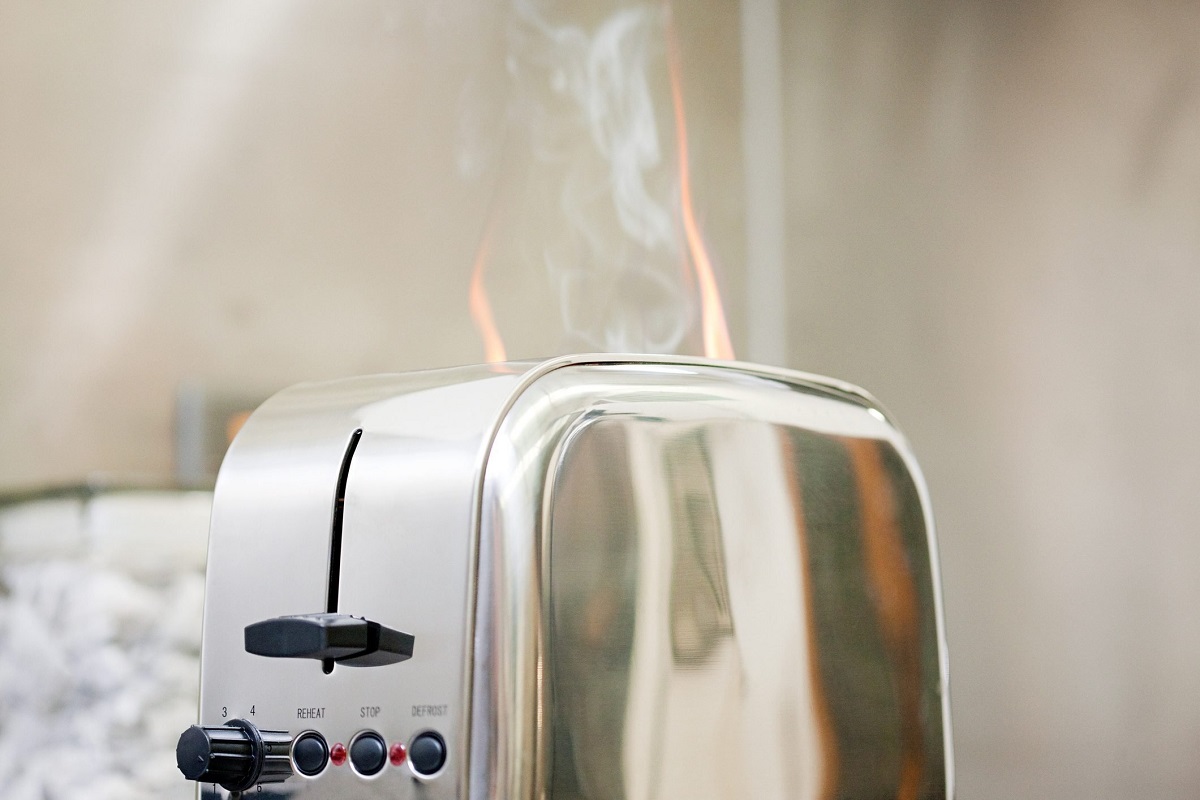
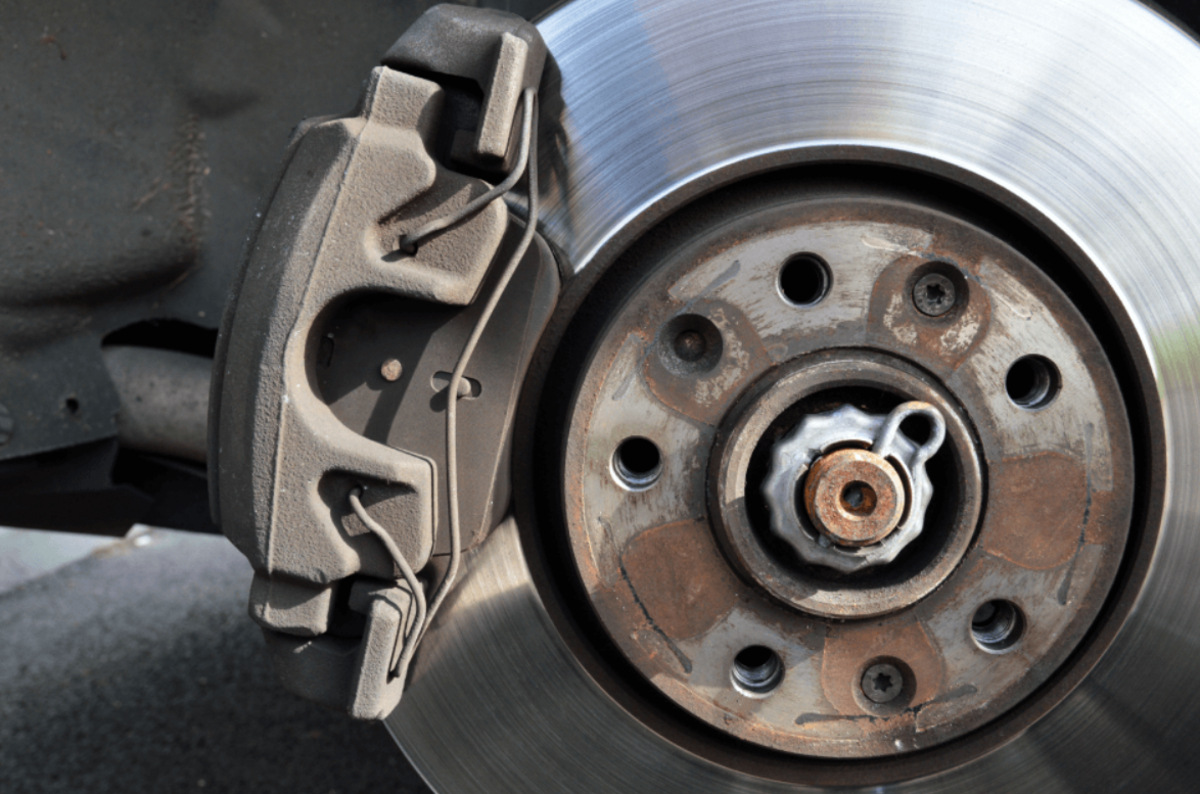
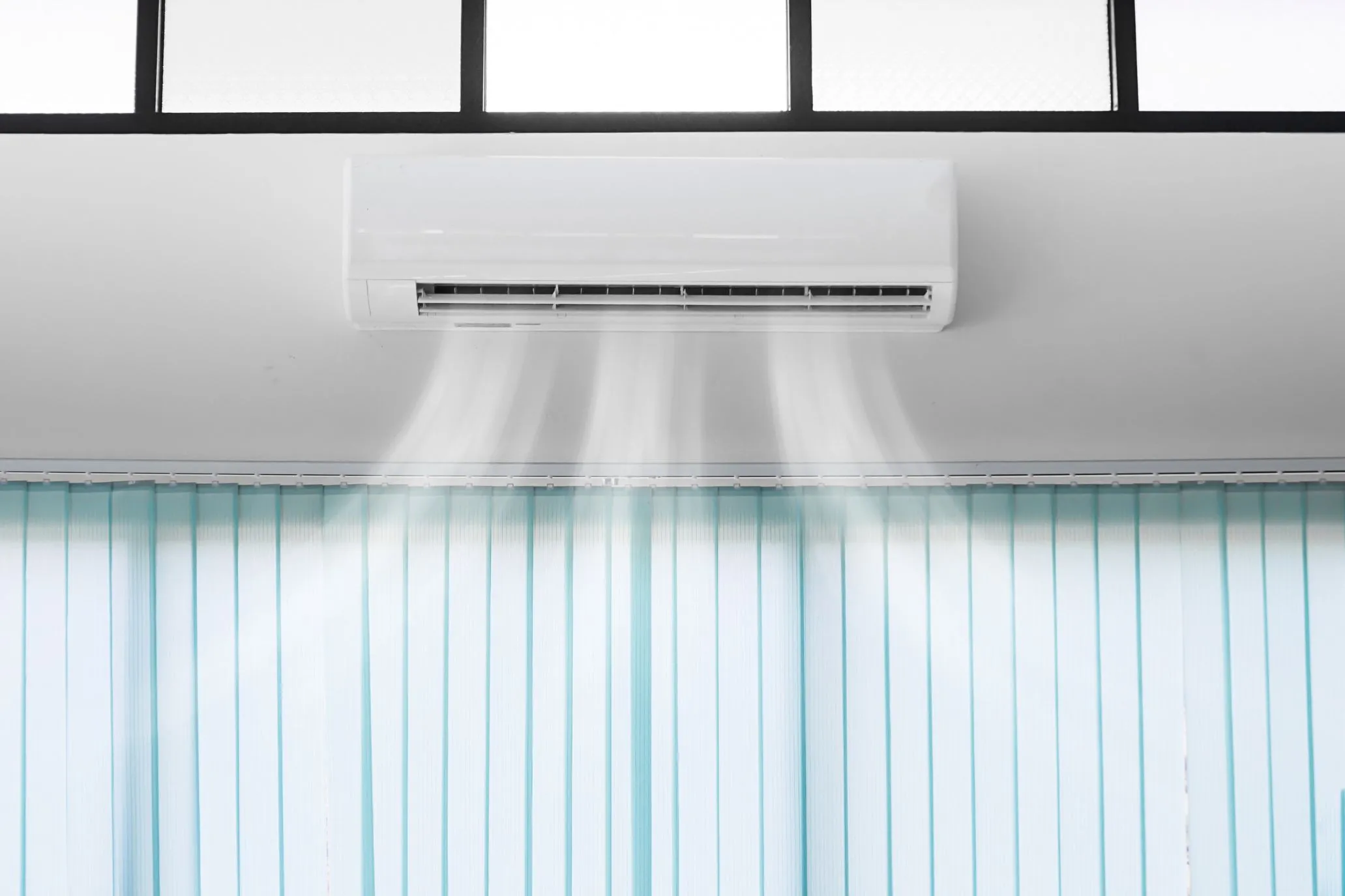
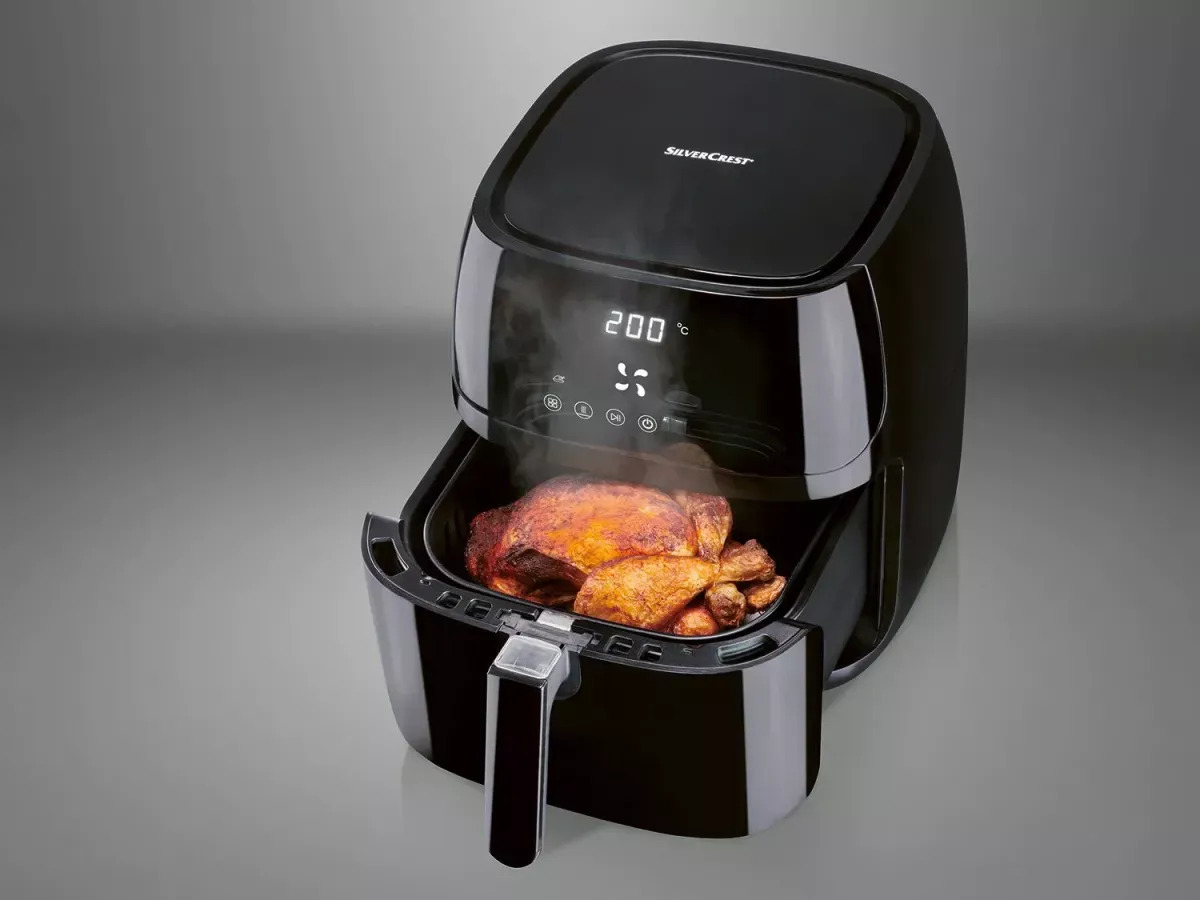
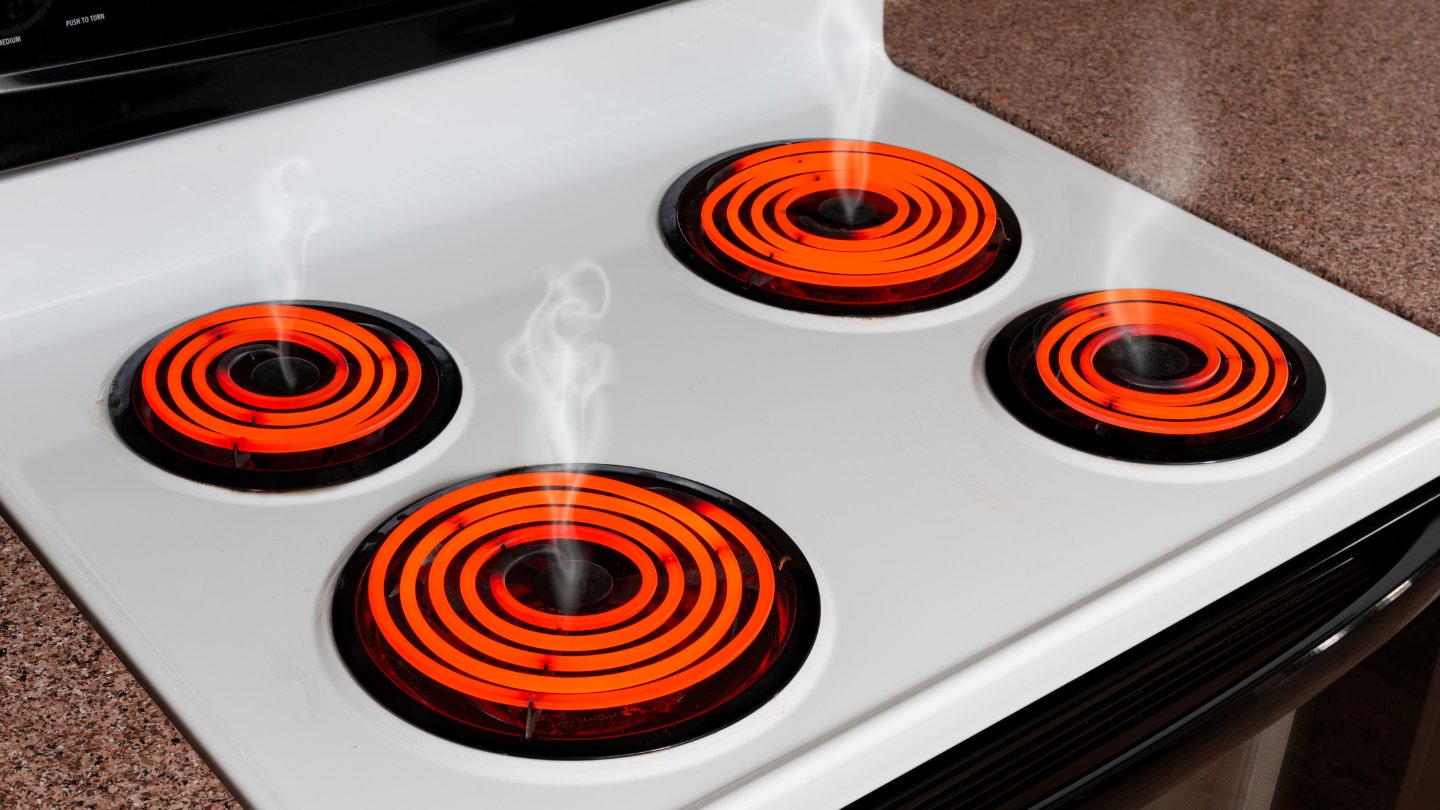
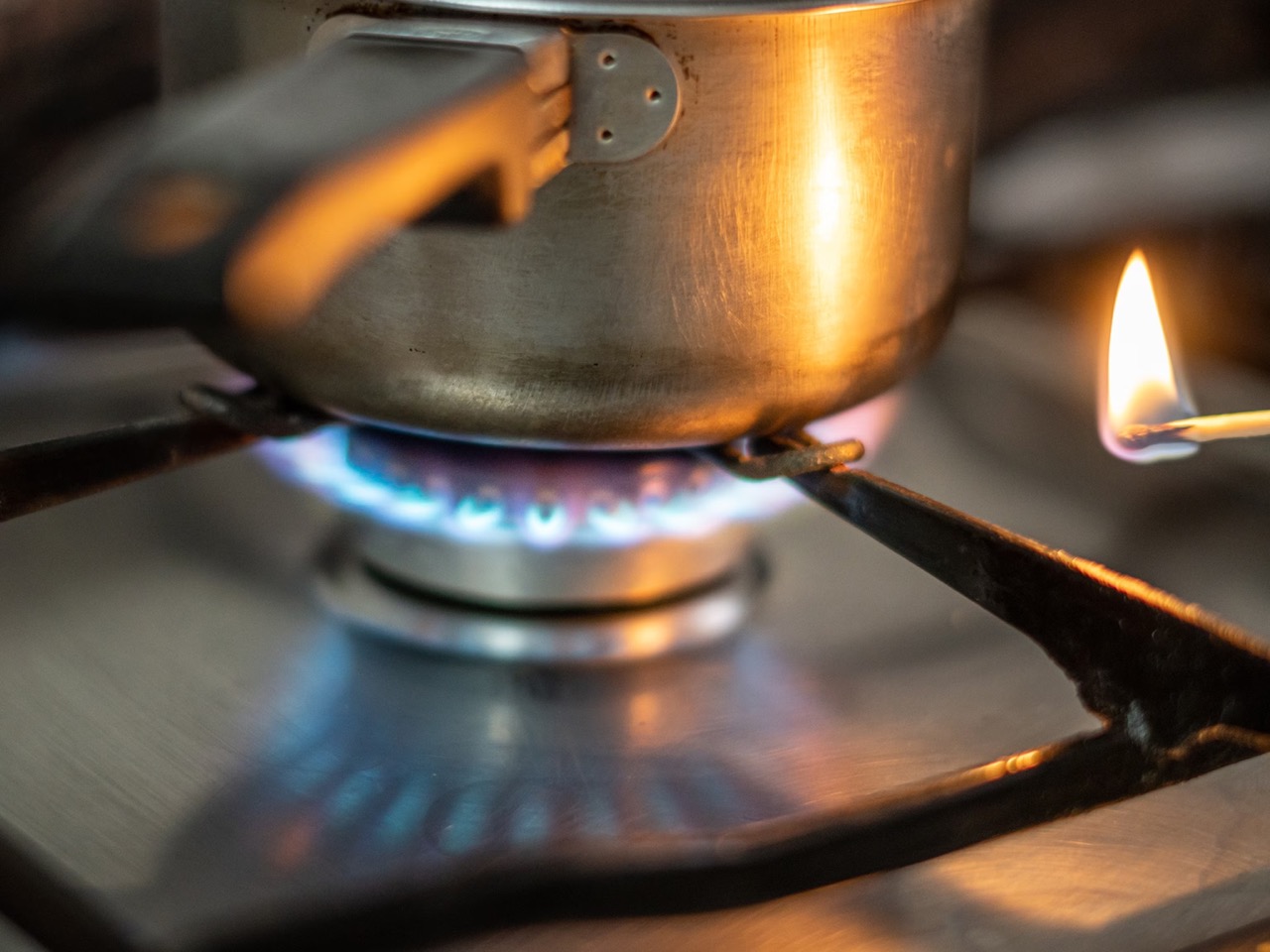
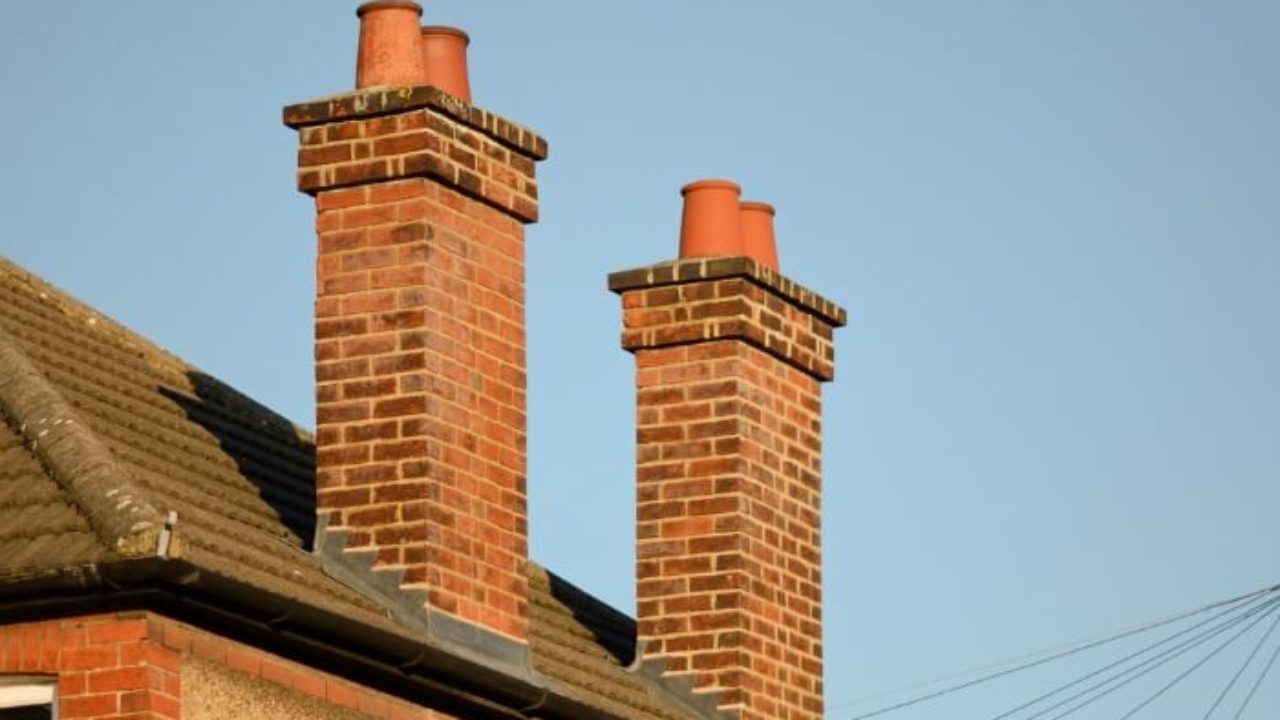
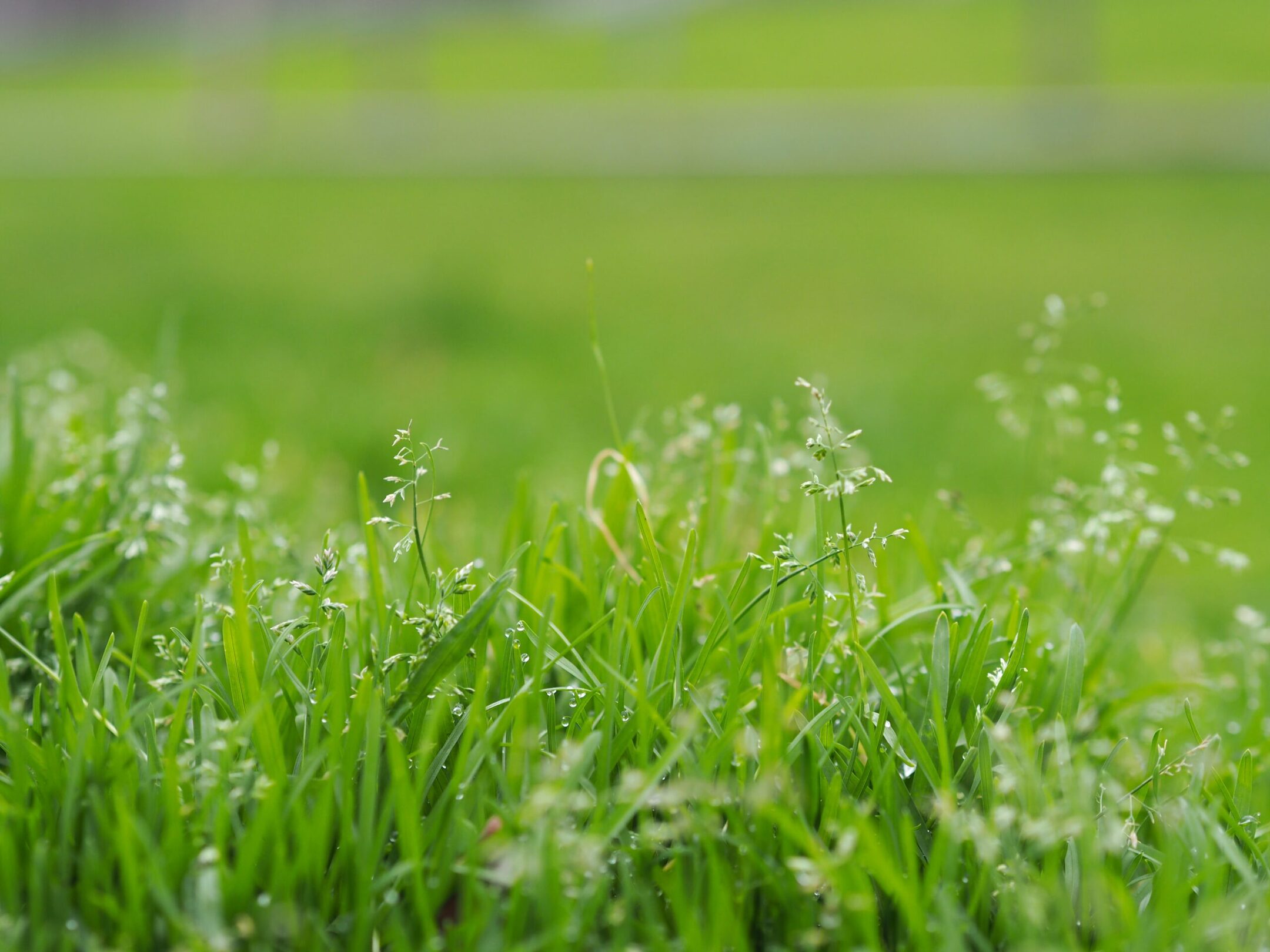

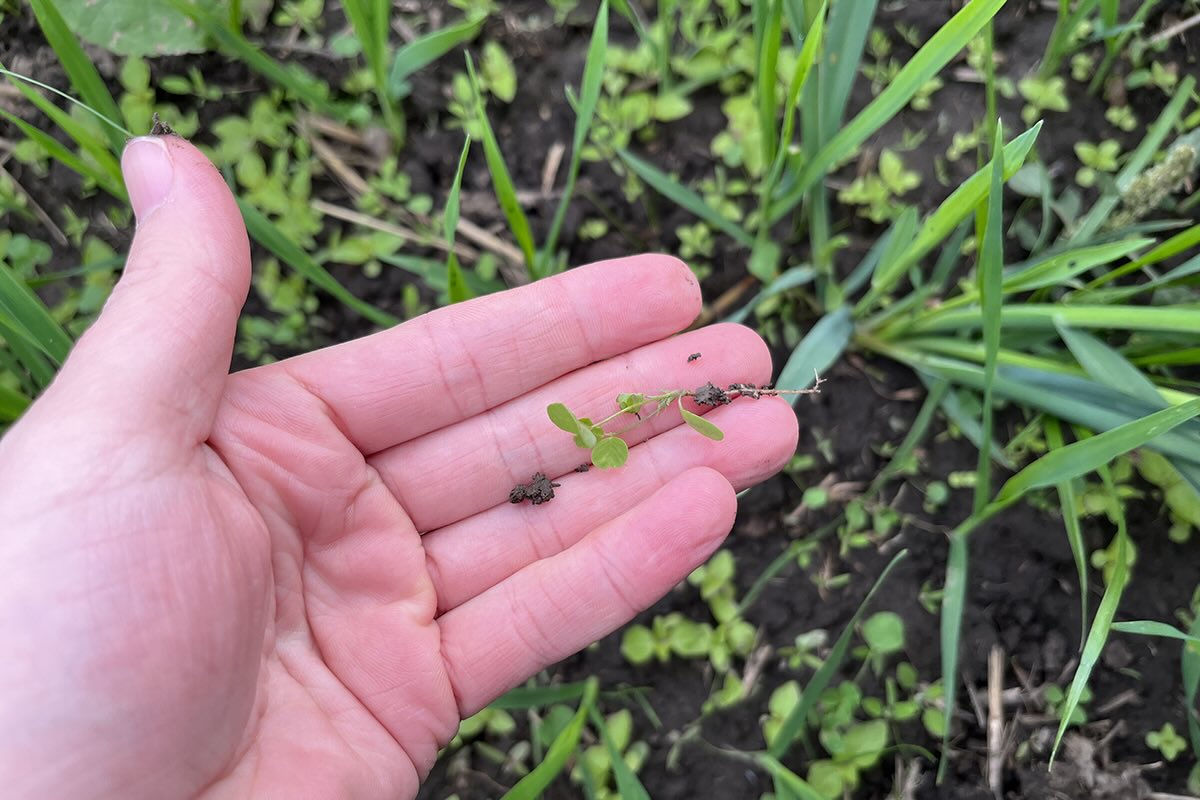
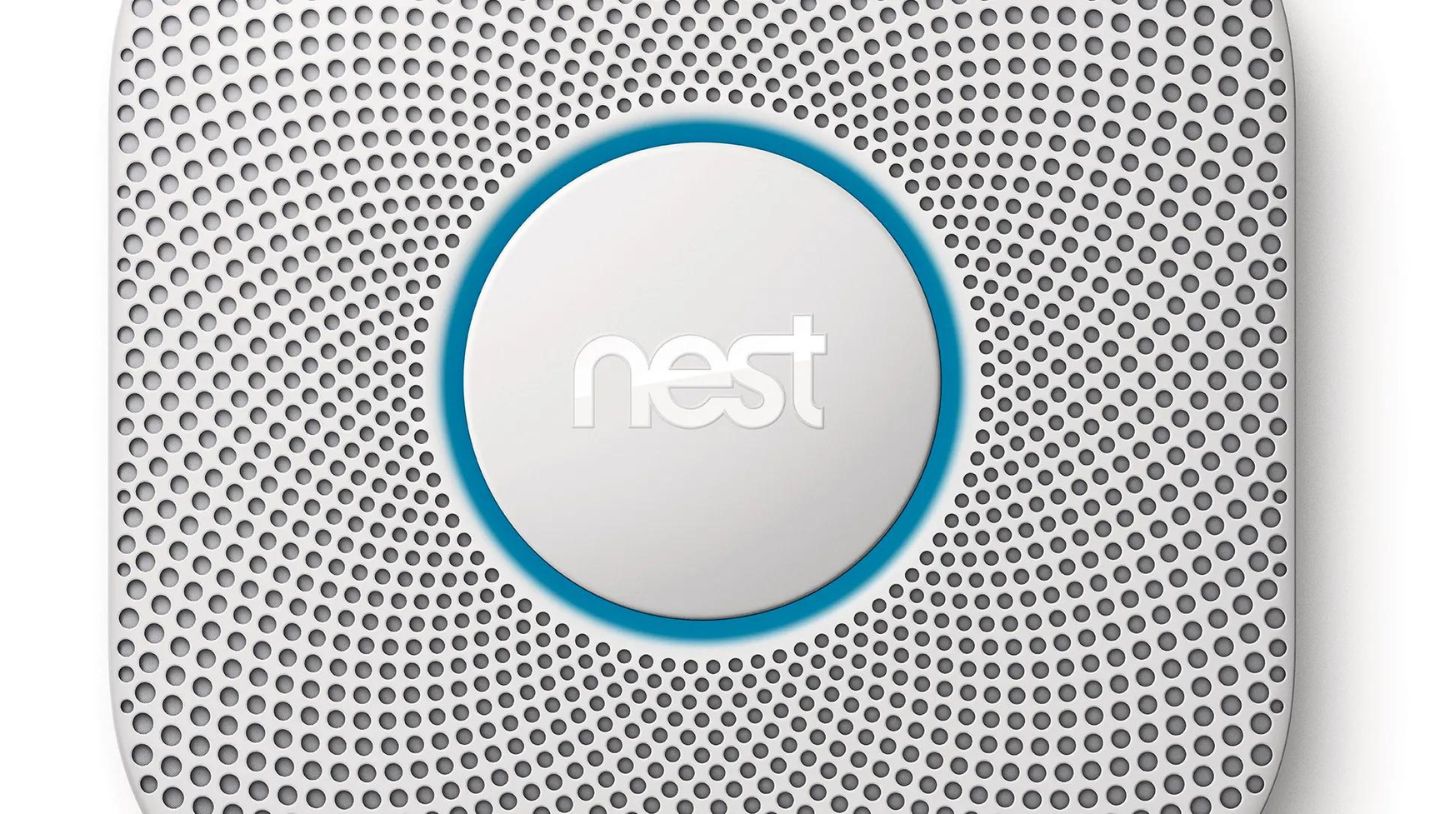
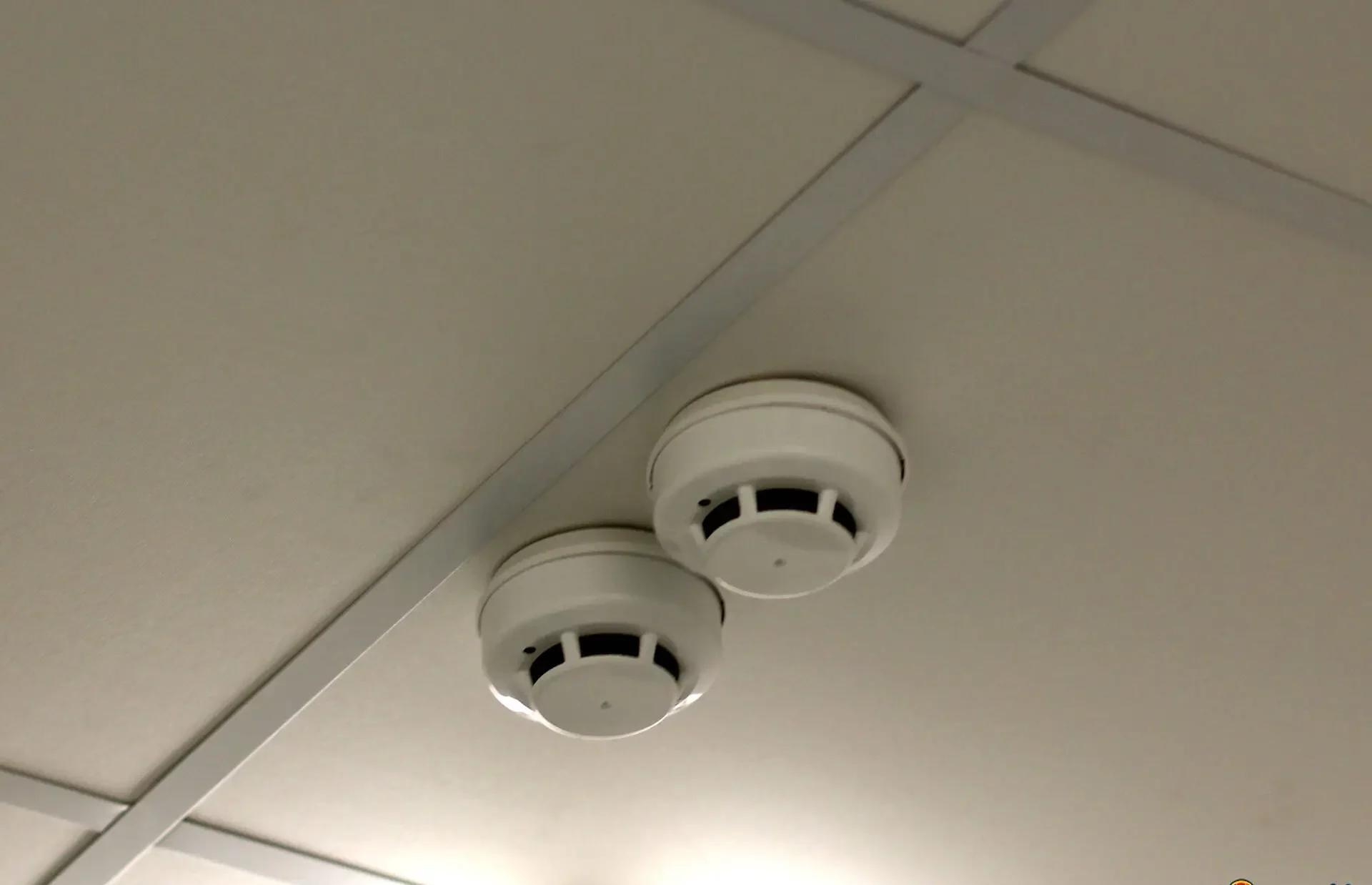

0 thoughts on “Why Is My Smoke Not Going Up Chimney”